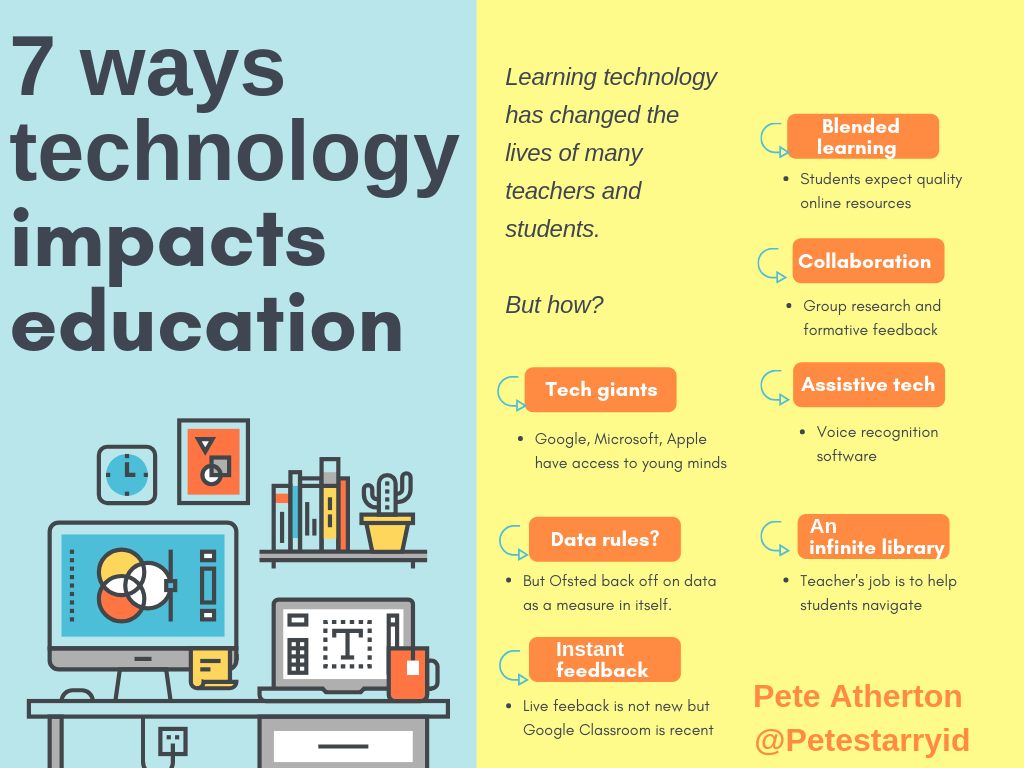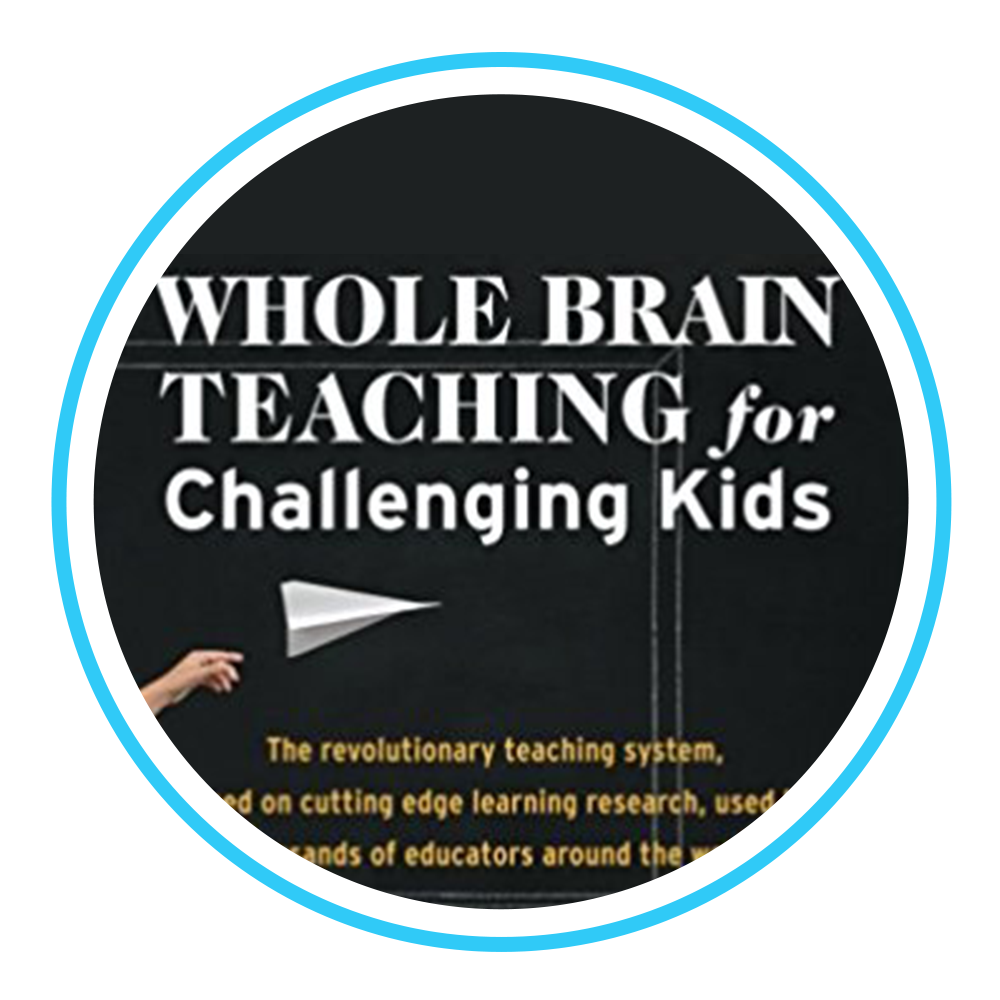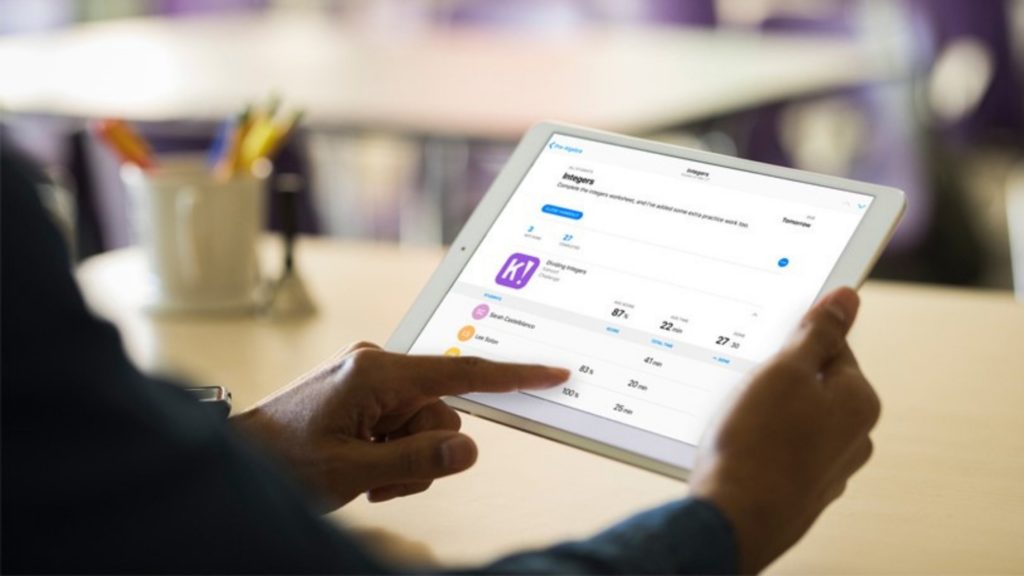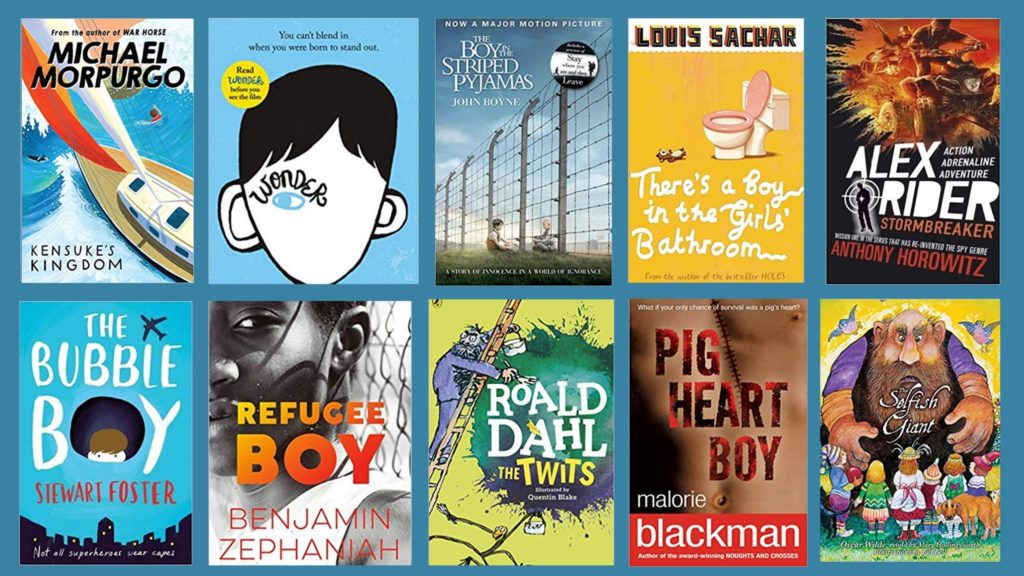5 ways that technology impacts education

This latest blog will attempt to make sense of some of the ways that digital technologies have had an impact on education.
There is a consensus that the education landscape has been transformed by the internet and an ever-changing array of gadgets and online tools.
We will focus on just five factors that have had a notable impact on the way we teach and the way we learn. To do this, we will acknowledge the influence of the tech giants, the realities of instant feedback and of blended learning, the power of collaboration and the notion of the internet as an infinite library.
Tech corporations – a giants’ causeway?
It is no surprise that the tech giants view schools and colleges as battering rams into lucrative markets. The likes of Microsoft, Apple and Google all offer apps, tools and hardware that claim to save us time and create a more harmonious workflow.
A crucial aspect of their business model is locking in institutions through frequent updates and brand advocacy but also through how genuinely slick many of their products are. A suite of shiny Apple Macs, for example, can help promote your school or college.
As the tech giants vie for dominance, you may be tempted to ask, ‘Hey Google…when will Amazon join the party?’.

Gen Z want it now! Instant feedback
When I visit schools, I am aware of the trend of providing students with ‘instant feedback’. The obvious reason is that students can lose momentum if too much time elapses between completing work and having it marked.
Ideally, this process will alternate between analogue and digital feedback. Analogue feedback can be in the form of Post-it notes, or annotations, written by the teacher in whichever colour pen the school dictate (but never red!). More tech-savvy teachers may prefer more scalable instant feedback options of online assessment tools such as Spiral.ac, Socrative or Goformative.
Digital instant feedback offers colour coded formative data, which helps create a more transparent feedback culture.
All in this together? Collaborative tools
Alternatively, they may be bound by a product by the tech giants, one of which we will discuss now. Google Classroom is free for schools who sign up for G-Suite, which also provides Docs, Sheets, Slides, plus add on apps.
Many of my trainee teachers are amazed by the speed with which a whole class can generate, share and assess ideas through Google Docs, Slides or Sheets. The same is true for teachers, who can collaborate on planning, assessment or administrative tasks. What’s more, this work can be completed in school on a PC, on the bus on an iPad or at home, whilst wearing a onesie.

Blended learning
Like the aforementioned collaborative tools, the real appeal of blended learning is the fact that anyone can learn anytime, anywhere and on any device. One of the reasons why these are such exciting times is that blended learning programmes have traditionally been virtual landfill sites for text-heavy PowerPoint and boring videos.
This is starting to change, as universities and private sector companies are helping move blended learning towards engaging, gamified activities and meaningful face to face feedback.
Too much information? The internet as an infinite library
In terms of its usefulness for students, the internet can be viewed as a library without borders – “une biblioteque sans frontieres“, if you will. If all the knowledge is out there, then the role of the teacher is partly to help students navigate their way through its sometimes stormy waters.
I would recommend a few tips to help them with this. Firstly, Wikipedia is a portal, not a source. Secondly, ask students to critique their search terms and rank their results in order of credibility.
If nobody teaches them how to use the internet properly, how could they be expected to use it to acquire, master and share knowledge?








Responses